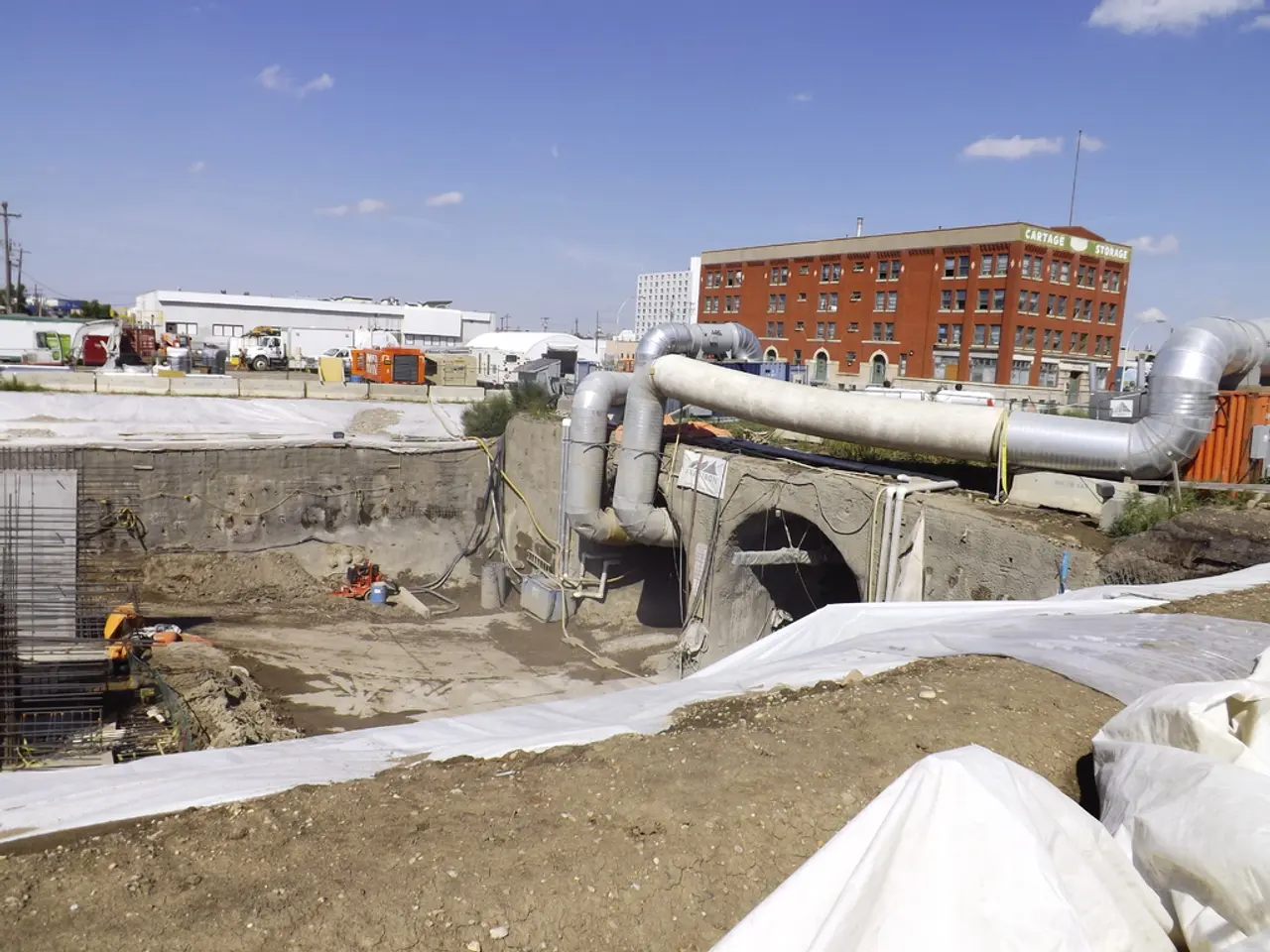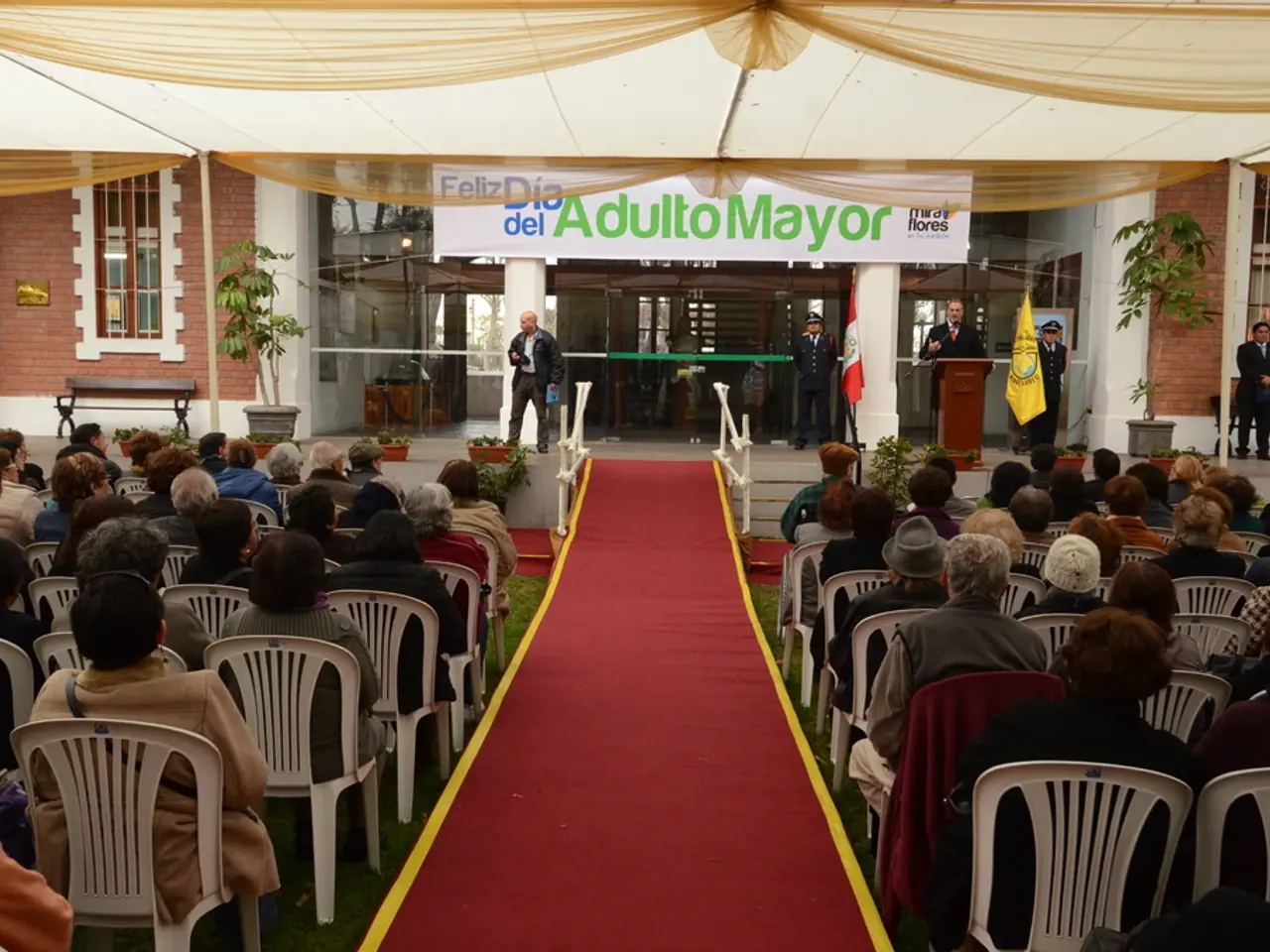"Hurricane Katrina: Race Against the Clock" portrays an Imminent Catastrophe engineered by Human Actions
Hurricane Katrina, a Category 5 storm that struck the Gulf Coast in August 2005, left a trail of destruction in its wake. The disaster's severity was significantly worsened by systemic failures in local and national government agencies, including inadequate infrastructure, poor emergency response coordination, and institutional dysfunction.
One of the key failures was the design and maintenance of the levees protecting New Orleans. The U.S. Army Corps of Engineers, responsible for their construction, based the levee system on outdated models and neglected crucial upgrades over decades. This led to catastrophic breaches and overtopping, flooding 80% of New Orleans and damaging over 134,000 housing units.
The Federal Emergency Management Agency (FEMA) also faced significant breakdowns during the response to Hurricane Katrina. There were delays in mobilizing resources, a failure to grasp the crisis scale promptly, and bureaucratic bottlenecks that impacted medical volunteers, supply trucks, and search-and-rescue operations.
Local government agencies were similarly incapacitated as their facilities flooded or lost power, severely reducing their ability to coordinate rescue and relief efforts in the immediate aftermath.
Poor evacuation and shelter management also contributed to the disaster's human toll. Despite a mandatory evacuation order, tens of thousands of people either could not leave or sought shelter in inadequate facilities like the Superdome and convention center, where conditions deteriorated as the flooding worsened.
Sensationalized reporting and false rumours about violence and looting delayed aid delivery and complicated response efforts, fostering panic and mistrust. The media-driven misinformation helped worsen the already unimaginable crisis in New Orleans.
The disaster also highlighted systemic social and racial inequities. Government abandonment and neglect disproportionately affected Black communities. Legal and civil rights failures compounded the disaster's human toll, including cases of police brutality, lack of shelter access, and failures in protecting vulnerable populations.
In the aftermath of Hurricane Katrina, approximately 1 million people were displaced, and at least 1,392 deaths were reported. The hurricane caused $125 billion in damages in Louisiana, Mississippi, and Alabama. Around 44 oil and chemical spills contaminated communities already reeling from water and infrastructure damage.
The flooding in New Orleans led to a humanitarian crisis, with delayed and inadequate response efforts. Bodies and buried coffins littered the streets, entire neighborhoods were obliterated, and power grids, hospitals, schools, and public transit were knocked out for weeks or even months.
Post-Katrina reforms have focused heavily on levee redesign, improved emergency standards, and addressing civil vulnerabilities to prevent recurrence. The National Geographic docuseries "Hurricane Katrina: Race Against Time" provides a moment-by-moment account of the storm's chaos and aftermath in New Orleans, highlighting the importance of accuracy with local and national media, a problem still prevalent today.
References:
- National Geographic. (2006). Hurricane Katrina: Race Against Time.
- American Society of Civil Engineers. (2007). The Worst Engineering Catastrophe in US History.
- Congressional Budget Office. (2006). The Economic Impact of Hurricane Katrina.
- U.S. Government Accountability Office. (2006). Hurricane Katrina: Lessons Learned for Federal Response and Recovery Efforts.
- Federal Emergency Management Agency. (2006). Hurricane Katrina After-Action Report.
- The neglect of environmental-science and climate-change challenges, such as the outdated levee models and inadequate infrastructure, played a critical role in the devastation caused by Hurricane Katrina, as demonstrated by the catastrophic breaches in the New Orleans levee system.
- The disaster's aftermath revealed significant issues not only in local and national government agencies but also in the general-news media, as sensationalized reporting and false rumors about crime-and-justice, such as violence and looting, delayed aid delivery and complicated response efforts.
- Although various reforms have been implemented post-Katrina, focusing on levee redesign, improved emergency standards, and addressing civil vulnerabilities to prevent recurrence, political challenges continue, including systemic social and racial inequities, as disproportionate impact on Black communities and legal failures in protecting vulnerable populations still persist.






